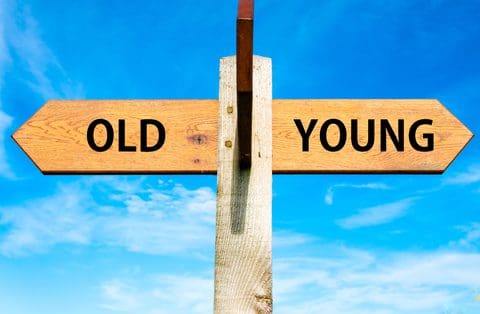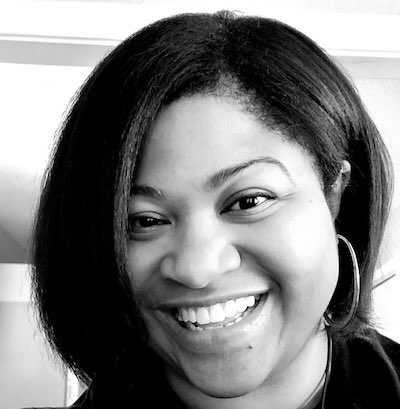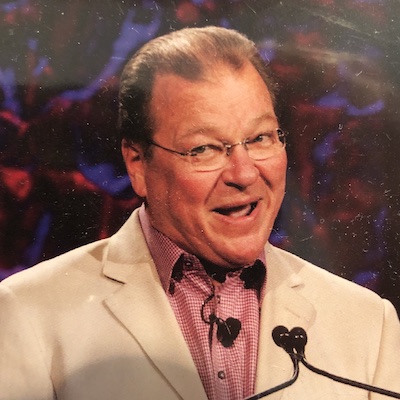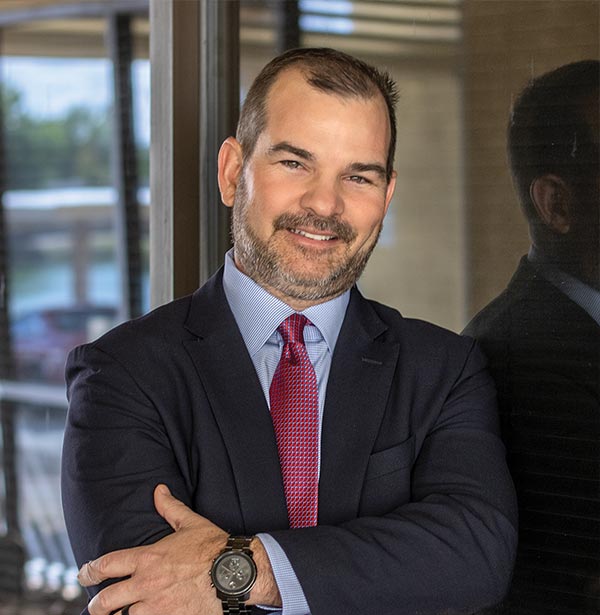Ageism: It Affects All Of Us
In 1900, 1 in 25 Americans was a senior. In 2016, 1 in 8 Americans is a senior. In 2020, 1 in 6 Americans will be a senior. In 2030, the ratio will reach 1 in 5 and will remain there through 2050. Globally 8.5 percent of people worldwide (617 million) are aged 65 and over. According to the report, “An Aging World: 2015,” this percentage is projected to jump to nearly 17 percent of the world’s population by 2050 (1.6 billion).
Impressive statistics. Very impressive. One would think then, that something called “ageism” would get more attention. Without knowing it, many of us are guilty of a form of discrimination that is so insidious as to go almost virtually unrecognized. It is termed “ageism” and is so pervasive that few realize (or acknowledge) that their actions and beliefs contribute to this form of prejudice or bias.
Wikipedia defines ageism as “Stereotyping and discriminating against individuals or groups on the basis of their age. This may be casual or systematic.”

What seems to go unnoticed also is the negative effect ageism has on an older adult. The most common stereotype that characterizes a senior is someone who is grumpy, stumbles and mumbles a lot and generally is standoffish. When seniors are treated with this image in mind it can result in real mental and physical health consequences for them. No one likes being marginalized based on purely perceived characteristics.
“Ageism remains one of the most institutionalized forms of prejudice today,” according to Todd Nelson, Ph.D., professor of psychology at California State University, Stanislaus. In the June, 2016 issue of American Psychologist, Nelson pointedly states that most of us don’t look at the ageism stereotype the same way we view adverse depictions of racism or even sexism.”
And this theme carries over into a whole host of areas from health care to Technology to even disaster recovery. For example, a health care provider who has a preconceived idea that a senior’s Depression, pain and/or unsteadiness is due purely to aging can easily be turning a blind eye to other, possibly more serious causes.
There is no argument that seniors can be slow to adapt to and make use of technology in all its many forms. But that in no way implies that they won’t use it or have rejected it. Going online to make appointments, find addresses or research information (not to mention using Facetime or Skype) can become a regular routine if older adults are given the opportunity to learn what so many take for granted now. It seems to be forgotten that the first personal computer was sold to the public in 1975 when those who are now 65+ were in their 30’s and even 50’s.
I recently worked with a firm whose employees were all under 30. This generation typifies the “I want it now” mantra and if something doesn’t appear immediately, they move on. While I am not criticizing this, in this instance it did not contribute well to the intended purpose of the task for which I hired them. This is the exact opposite of those who are now 55+ who exhibit a less “knee jerk” approach. Youth is celebrated in the U.S. in many forms from the physical body to the mental outlook. It is the standard against which all else is judged. That is just plain iniquitus.
Denis McClean in his article, “Understanding the Effects of Aging,” has quantified this by stating,
“The reason that the language used when speaking about seniors is so important is that over time, those expressed opinions can become deeply ingrained and a self-fulfilling prophecy, for the young and old alike. While it cannot be denied that many seniors lose their cognitive abilities due to diseases like Alzheimer’s, it doesn’t mean that the entire elderly population has suddenly become incompetent because they turned 65.”
One of the most abused terms is “older workers.” These words play out in policy documents, Employment laws and financial regulations. However, defining what an “older worker” depends entirely upon where those words are used and who is using them. And it is no secret that while illegal, hiring practices all too often screen out the “older worker” for a variety of reasons. Now the hiring mantra businesses are hiding behind is what is called “cultural fit,” where people are hired in terms of how they will “blend in” to the company. Even in disaster planning and recovery efforts, ageism is visible.
“From a practical vantage point, those resilient older persons who adapt and cope successfully in the wake of a natural disaster may be in a unique position to offer assistance, For instance, they could be a valuable resource for post-disaster victim advocacy and other less physically strenuous disaster relief efforts in communities that have suffered natural disasters.” (Norris & Murrell, 1988)
Just because a person has previously been seen as helpless in the past does not mean they are unwilling or even unable to be part of the process. But unfortunately, all too often they are excluded from the very process that is being created to protect them.
Ageism is a highly complex, highly embedded, misunderstood and misidentified form of judgment that will take decades or more to resolve. But that doesn’t mean it should be ignored as impossible to tackle. When we carefully choose our words, we convey the message we want. What words would you use in place of “older worker?” There is no easy answer. But that in no way means we should walk away and ignore what is right in front of us
References.
Brenoff, Anne. “10 ‘Compliments’ People Pay That Are Actually Ageist.” HuffingtonPost.com. Huffington Post. 4 February 2016. Web. 10 September 2016. http://www.huffingtonpost.com/entry/10-compliments-people-pay-that-are-actually-ageist_us_569e8e82e4b0cd99679b9553ttp://www.nap411.com/aging-process/trends-in-aging
Seegert, Liz.” How Ageism Can Negatively Affect The Health Of Older Adults.” Healthjournalism.org. Association of Health Care Journalists. 9 June 2016. Web. 16 September 2016.
Navigating the Aging Process 411. “Trends in Aging: An Aging America.” Nap411.com. Trends in Aging: An Aging America. Web. 26 September 2016.
http://www.nap411.com/aging-process/trends-in-aging
Dass-Brailsford, Priscilla. Crisis and Disaster Counseling: Lessons Learned From Hurricane Katrina and Other Disasters. Sage Publications, Inc. 1 January 2009.
Norris, F.H. and S. A. Murrell. “Prior Experience As A Moderator Of Disaster Impact On Anxiety Symptoms In Older Adults. American Journal of Community Psychology. 1988 October.
Image: Dreamstime
Follow Dr. Jill Bjerke at SilverSpacesBlog.com and take advantage of the highly rated senior home assessment at SilverSpaces.com.

























